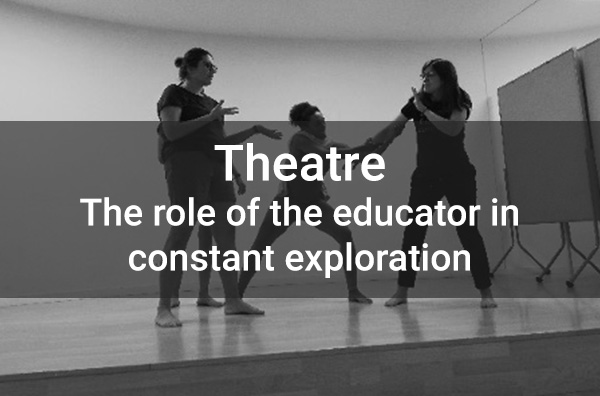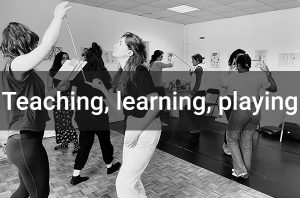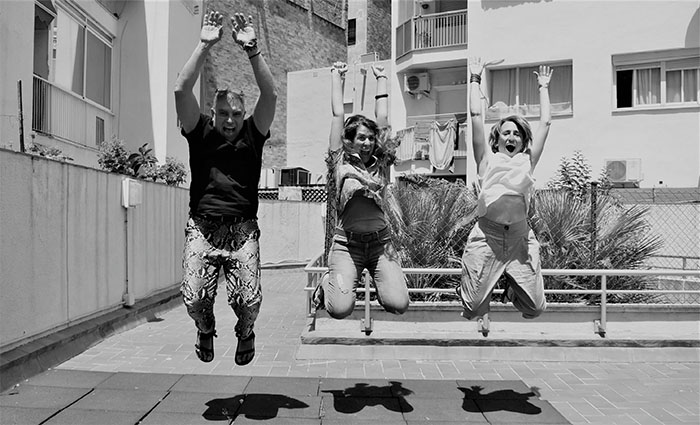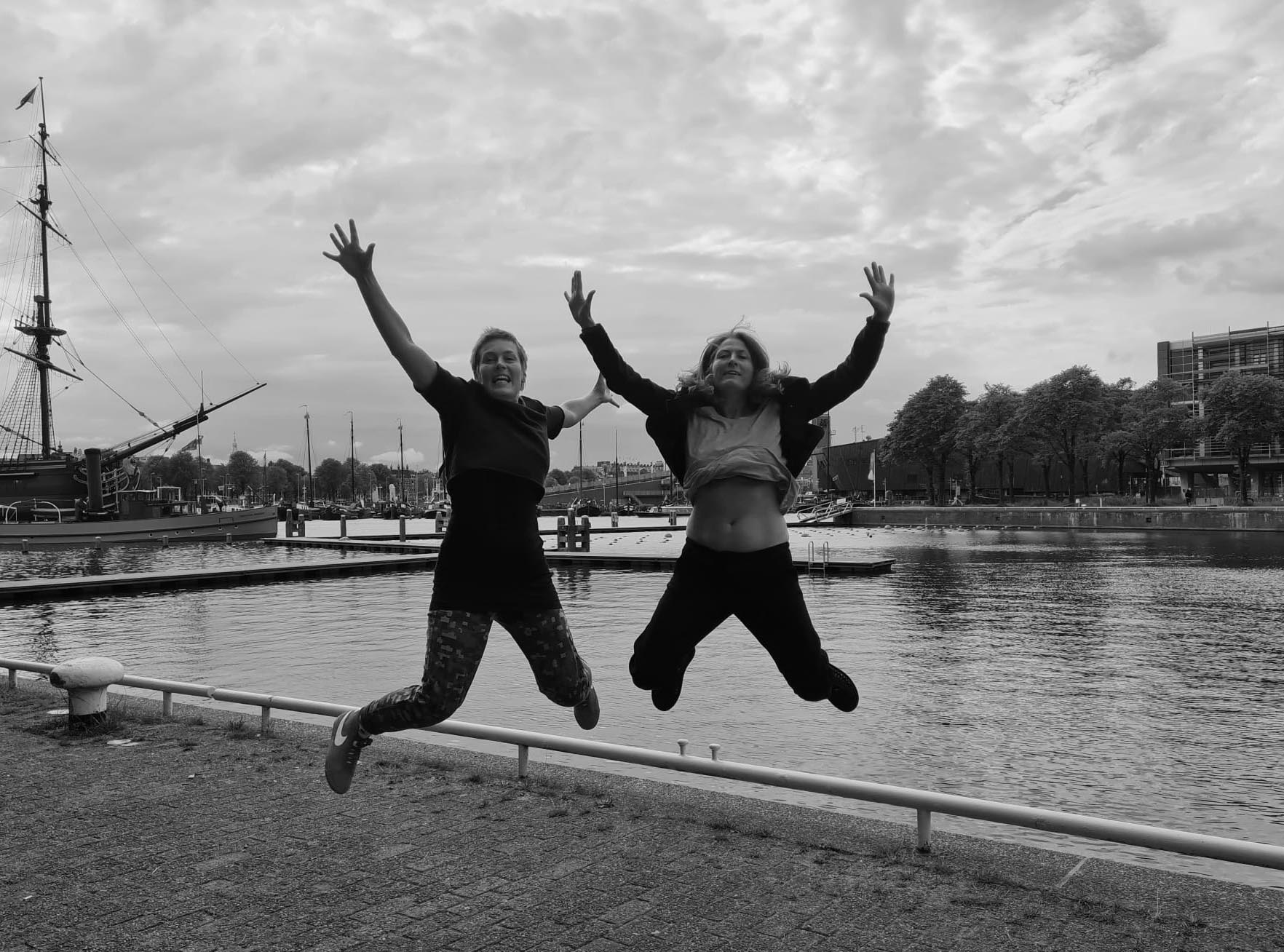Why is art good for you?
At times being in the present moment proves to be an unexpected challenge: our mind seems always busy either anticipating the future or reflecting on the past. Moments of stress and anxiety in front of a group may reinforce such sensations. Such a sensation of non-presence, it seems, is far from being rare. For author Harari, this is so characteristic of us humans that he speculates that as a species simply we may not be cut out for being in the present.
The great potential of artistic methods, such as theatre, dance, or singing, among others, is that they can help us get anchored to the present moment. In our work with educators, we use those methods taking out the ‘burden’ of necessarily having to be a great artist. Art is a tool to work on the competences and skills that educators not only already have, but also use in their daily profession.
It is a matter of reinforcing them and making educators more aware and confident about the use of their body and voice. The work starts from very simple and accessible exercises that focus on breathing, on the use of voice and space while teaching, as well as on posture, to then pass on to movement, to the relation with the others, and the role(s) of the educator.
According to Marian López-Fernández Cao (2008) , any immersion in artistic creation has the potential to achieve competencies linked to the management of feelings, doubts, decision-making, individual work, as well as collaboration. Through art, it is possible to find a more authentic and immediate way of expressing, connecting with one’s own personal resources, and sharing them with others, creating something new in a collaborative way. For more details download the comparative study
















